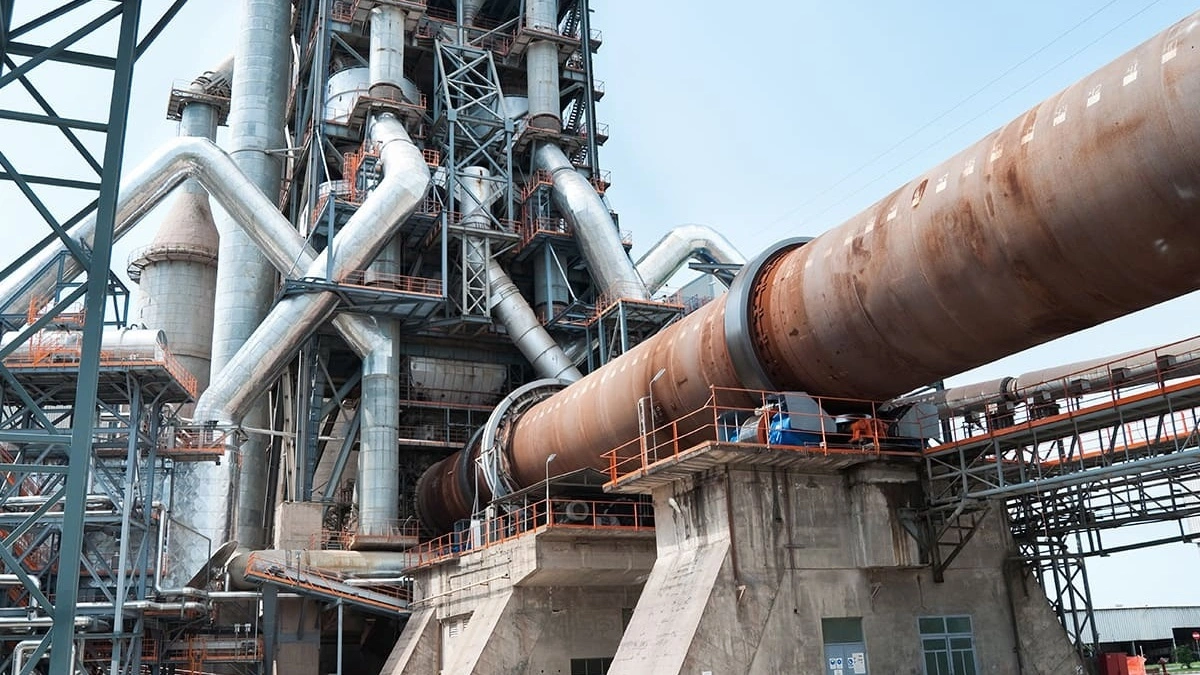In Bhutan, cement factories face strict regulations that are designed to safeguard both workers and the environment. Among these regulations, emergency lighting is a critical requirement. In the event of power failures or emergencies, having a reliable emergency lighting system ensures that workers can safely navigate the premises, especially in high-risk environments like cement plants. Without proper lighting, the safety of employees is jeopardized, and the risk of accidents increases.
By complying with these regulations, cement factories not only meet legal requirements but also demonstrate their commitment to the safety and well-being of their workforce. Emergency lighting systems, such as LED and fluorescent options, are vital to ensure that the factory follows these regulations while providing a safe working environment.
This section will dive into the key regulatory requirements for emergency lighting in Bhutanese cement factories and highlight the crucial role these systems play in meeting safety standards and protecting employees.
Cement factories are large, complex environments with heavy machinery, towering structures, and numerous hazards. In these settings, the importance of proper lighting cannot be overstated, especially when it comes to ensuring the safety of workers.
Poor lighting, particularly during emergencies, can significantly increase the accidents, injuries, and even fatalities. In the absence of sufficient emergency lighting, workers may find it difficult to navigate safely, leading to potential mishaps.
For example, inadequate lighting can contribute to accidents such as falls from height, which are common in cement factories due to the presence of elevated platforms and scaffolding. In the event of a power failure, workers may struggle to evacuate the premises if there is a lack of emergency lighting to guide them to exits.
Furthermore, machinery malfunctions caused by poor visibility can lead to severe injuries or equipment damage, which may also halt production and increase operational costs.
Implementing reliable emergency lighting systems, such as fluorescent emergency ballasts essential in minimizing these risks. Ensuring that workers can quickly and safely navigate during power outages or emergencies can reduce both the frequency and severity of accidents, ultimately protecting lives and improving operational efficiency.
Also Read: Why do you need emergency lighting systems in your building?

In cement factories, lighting is not just about visibility. It’s a crucial safety feature that ensures operations continue smoothly, especially during emergencies. Emergency lighting systems, such as emergency ballasts, are essential for maintaining factory safety during power failures, helping meet critical safety standards required by law.
In Bhutan, cement factories are bound by strict safety standards, which include having proper emergency lighting. Emergency ballasts, including LED and fluorescent options, ensure that the lighting remains operational during power disruptions. This allows workers to evacuate or continue their work without risks, fulfilling safety standards and ensuring facilities meet Bhutan’s industrial regulations.
By implementing reliable emergency lighting systems, cement factories not only meet these legal requirements but also enhance the overall safety of their operations. Factories that prioritize safety through robust lighting systems can reduce accident rates, improve their reputation, and lower legal risks, creating a safer and more compliant working environment.

Meeting regulatory standards through effective lighting solutions brings multiple advantages to Bhutanese cement factories. One of the primary benefits is risk mitigation. Using reliable lighting systems, such as Dimmable Emergency Ballast and emergency LED ballast, ensures the safety of workers, especially in critical situations like power outages. With a consistent and efficient lighting system, factories can reduce accidents and enhance overall workplace safety.
Another significant advantage is cost efficiency. While the upfront cost of installing LED fluorescent emergency ballasts or other energy-efficient lighting may seem high, the long-term savings are substantial. These systems consume less energy, reducing electricity costs and lowering overall maintenance needs. Over time, factories will see a return on investment as energy bills decrease and the need for frequent replacements diminishes.
Lastly, following lighting regulations boosts a factory’s reputation. By meeting these standards, companies avoid costly legal penalties while signaling their commitment to workplace safety and environmental responsibility.
This can lead to stronger relationships with regulators and consumers, ultimately contributing to business growth and success. Effective lighting solutions not only satisfy legal obligations but also position the factory as a responsible and safety-conscious business.
Learn More: How to manage your emergency lights in high building?
Not sure what you required for your lightining project ?
Get in touch with us for FREE consultation.